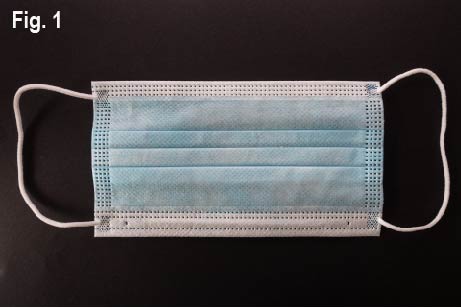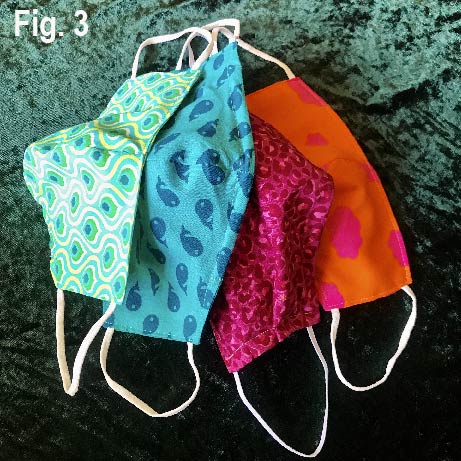Literature review is one of the essential part in thesis writing. It is always related to the previous works done by the other researchers in a specific field closely relates with the thesis title. Here is some tips shared to write a good literature review (credit to Dr Thava, ProofreadingByPhD )
- Introduction – Definition of the topic and provide an appropriate context for reviewing the literature; investigate the scope of the related literature; state the general findings of the review; and final sentence/s that signals list of key topics that will be used to discuss the selected sources.
- Main body – Divide up your text into sections/topics; move from a general or wider view to the specific focus of your research; synthesis each paragraph of the many texts that you have chosen for your literature review; and explanation of how each work is similar to and how it varies from the others
- Conclusion – Summarize the key findings of the review in general terms; identify significant flaws or gaps in existing knowledge; outline areas for future study; and link your research to existing knowledge.
Feel free to join Dr Thava Research Community through the Telegram









Recent Comments